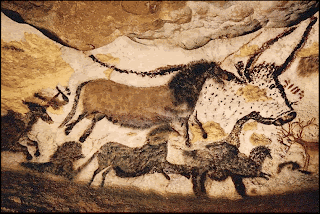ജനകീയകവി
കുഞ്ചന് നമ്ബിഅര് സാമൂഹിക അവബോധമുള്ള കവിയായിരുന്നു.അദ്ദേഹത്തിന്റെ വിമര്സനങ്ങള് പരിഹാസം തുലുംബുന്നതയിരുന്നു.മലയാളത്തില് ഇ രിതി ഒരു പുതുമ തന്നെ ആയിരുന്നു.ചാക്യാര് കൂതിനൂട് അതിനു വളരെ സദ്രിസ്യമുണ്ട്.
അക്കാലത്തെ സാമൂഹിക അവസ്ഥ ന്മ്ബിഅര് കവിതകളില് കാണാന് സാധിക്കും.ധാരാളം പ്രഭുകുടുംബങ്ങള് അക്കലതുണ്ടായിരുന്നു.പ്രഭുക്കള് മാത്രമല്ല സാധാരണ ജനതയും നമ്ബിഅരുടെ പരിഹാസവിമാര്സനതിന്റെ ചാട്ടവാറടി എട്ടിട്ടുണ്ട്.
എഴുതച്ചന് മലയാളഭാഷയില് ചെയ്തതു പോലെ നമ്ബിഅര് ഒരു പുതിയ ശൈലി തുടങ്ങി.എറ്റവും ലളിതവും ശുദ്ധവുമായ മലയാളസൈലി നമ്ബിഅര്ക്കവിതകലുദെ ഒരു സവിശേഷത ആണ്.തന് ജനസാമാന്യത്തിനു വേണ്ടി എഴുതുന്നുവെന്നു അദ്ദേഹം എടുത്ത് പറയുന്നു.പുരണ കതപാത്രങ്ങളെയും പസ്ച്ചാ തലങ്ങളെയും സാധാരണക്കാര്ക്ക് പരിചിതമായ റീതിയില് അദ്ദേഹം അവതരിപ്പിച്ചു.
വര്ണനകള് വസ്തവികബോധം ജനിപ്പിക്കുന്നവ ആയിരുന്നു.നമ്ബിഅരുടെ പരിഹാസത്തിനു വിഷയമാകാത്ത യാതൊരു ജനവിഭാഗവും അക്കലതുണ്ടയിരുന്നില്ല.നര്മ രസതിലൂടെ മലയാളികളെ ചിരിപ്പിക്കുകയും ചിന്തിപ്പിക്കുകയും ചെയ്ത നമ്ബിഅര് മലയാളത്തിന്റെ ആദ്യ ജനകീയകവി തന്നെ.







